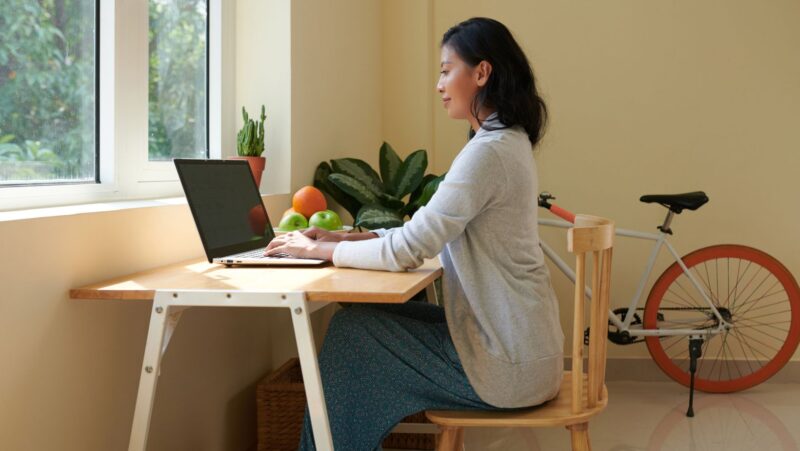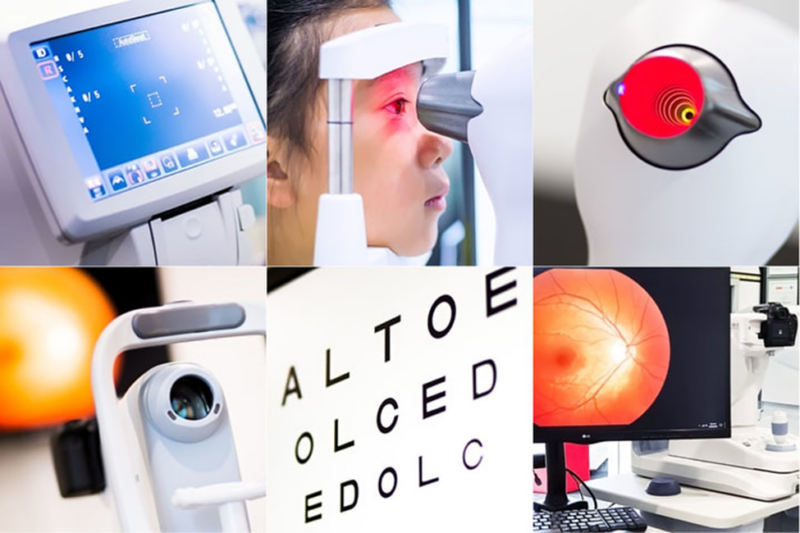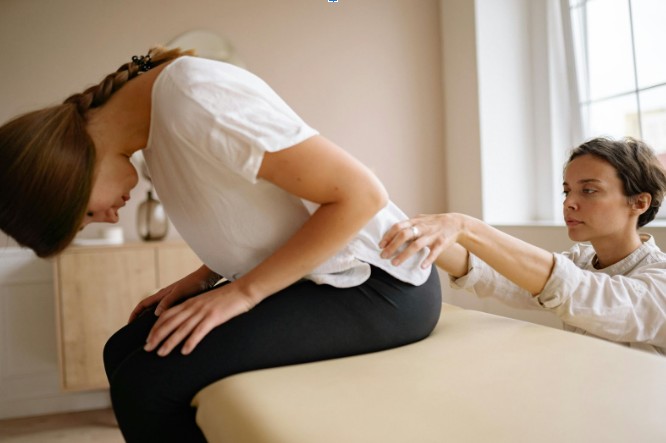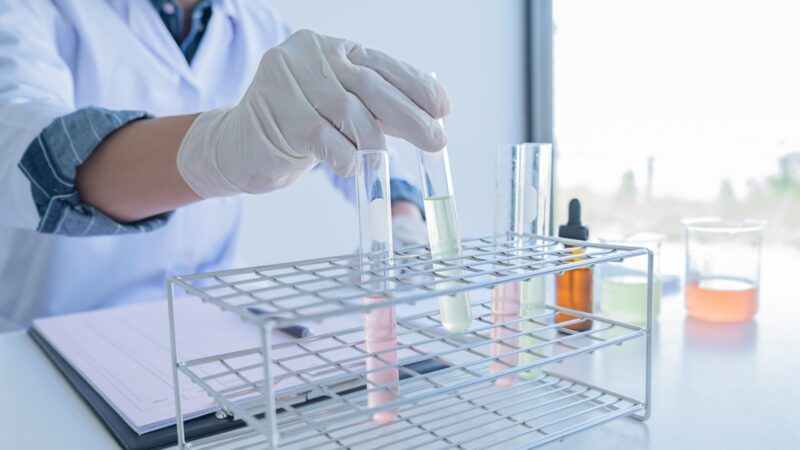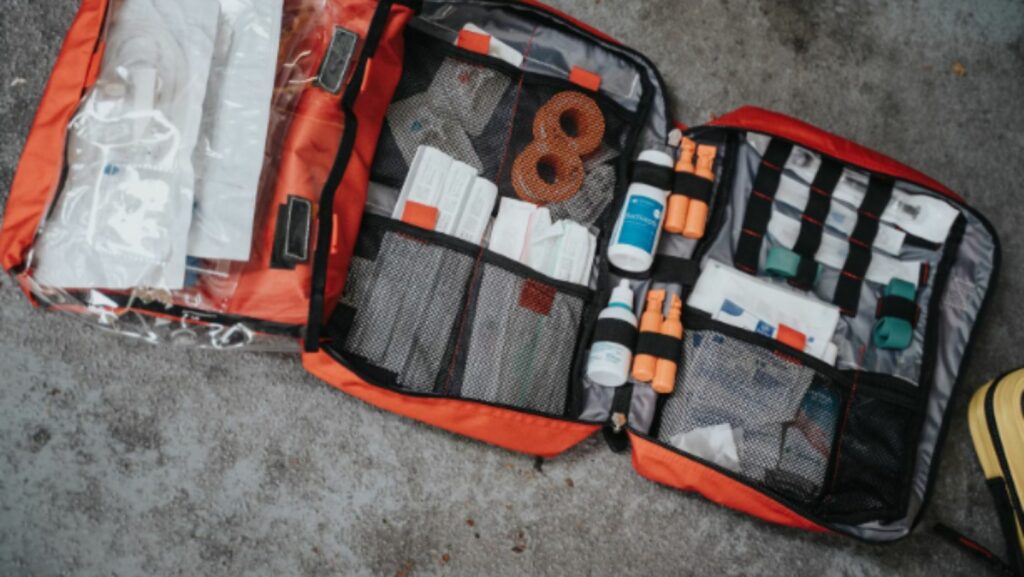
There are certain items that should always be present in a first-aid kit, regardless of whether you are trying to ensure the safety of your home or workplace by assembling a variety of kits that meet regulations. However, this subject also happens to be the kind of subject that most either won’t take the time to research out of ignorance or try to avoid because they don’t want to make the effort. But it is really not as complicated as it seems, and once you figure out what needs to be in the kit, you can make them for any situation you can imagine.
Bandages: For Cuts And Scrapes
What first-aid kit is complete without a variety of bandages, I ask you? Well, none is the answer because these are typically considered to be fundamental parts of any kit regardless of intended use. At e-firstaidsupplies.com first aid store, which is a repository of different kits and items, you can see that many of their own kits include this vital and functional bit of gear that can help you out when in need of basic medical attention. You can use these wraps to steady bones and appendages before treatment, create barriers to infection, and more. The most common options include:
- Sterile gauze pads (more on those later)
- Adhesive, self- sticking bandages
- Butterfly bandages
- Triangular bandages
- Elastic wrap bandages
Along with these options, you should include medical tape to securely fasten them to the skin or itself, stopping them from coming loose. This is especially important if you are ensuring the bandage for compression reasons.
Non-Stick Gauze: For Larger Wounds
Medical gauze is a staple found in most kits due to its versatility in treating a range of wounds. Whether used to cover cuts, absorb blood or fluids from a wound, or even pack in injuries, gauze forms a vital layer of protection. While somewhat similar to their bandage siblings in the previous section, it differs in a few cases.

Where regular gauze materials can sometimes stick to wounds, non-stick gauze pads minimize the potential re-traumatization of injuries when dressings need to be changed. They provide all the absorbency and barrier functions of basic gauze but with the added benefit of a coated surface that prevents sticking to scabs or newly formed skin.
Antiseptic Wipes: Clean Before Bandaging
Open wounds are susceptible to infection, as is the environment we live in. Consequently, a well-stocked kit should include a decent number of disposable antiseptic wipes you can use to clean an injury before applying a band-aid or bandage.
Tweezers: To Remove Splinters
Tweezers have many more uses outside of picking out splinters, but in most cases, this is what they will be used for. Moreover, don’t think they are only used to pull out bits of wood from the fingers of rambunctious kids. They are part of more advanced medical kits and are especially useful in industrial locations where people come into contact with fragments of various materials throughout the day.
Pain Relievers: For Minor Aches
Let’s have an ode to the humble paracetamol, which provides us with just enough pain relief from minor injuries, allowing us to carry on our day or seek more intense medical attention. They are cheap, plentiful, and small enough to be bundled in some quantity into any first-aid, regardless of size.
First Aid Manual: For Guidance
Just because you have a fully stocked pack doesn’t mean you will know what to do when the time arrives. In order to be as prepared as possible, it is a good idea to include a small guide that covers the most common injuries.
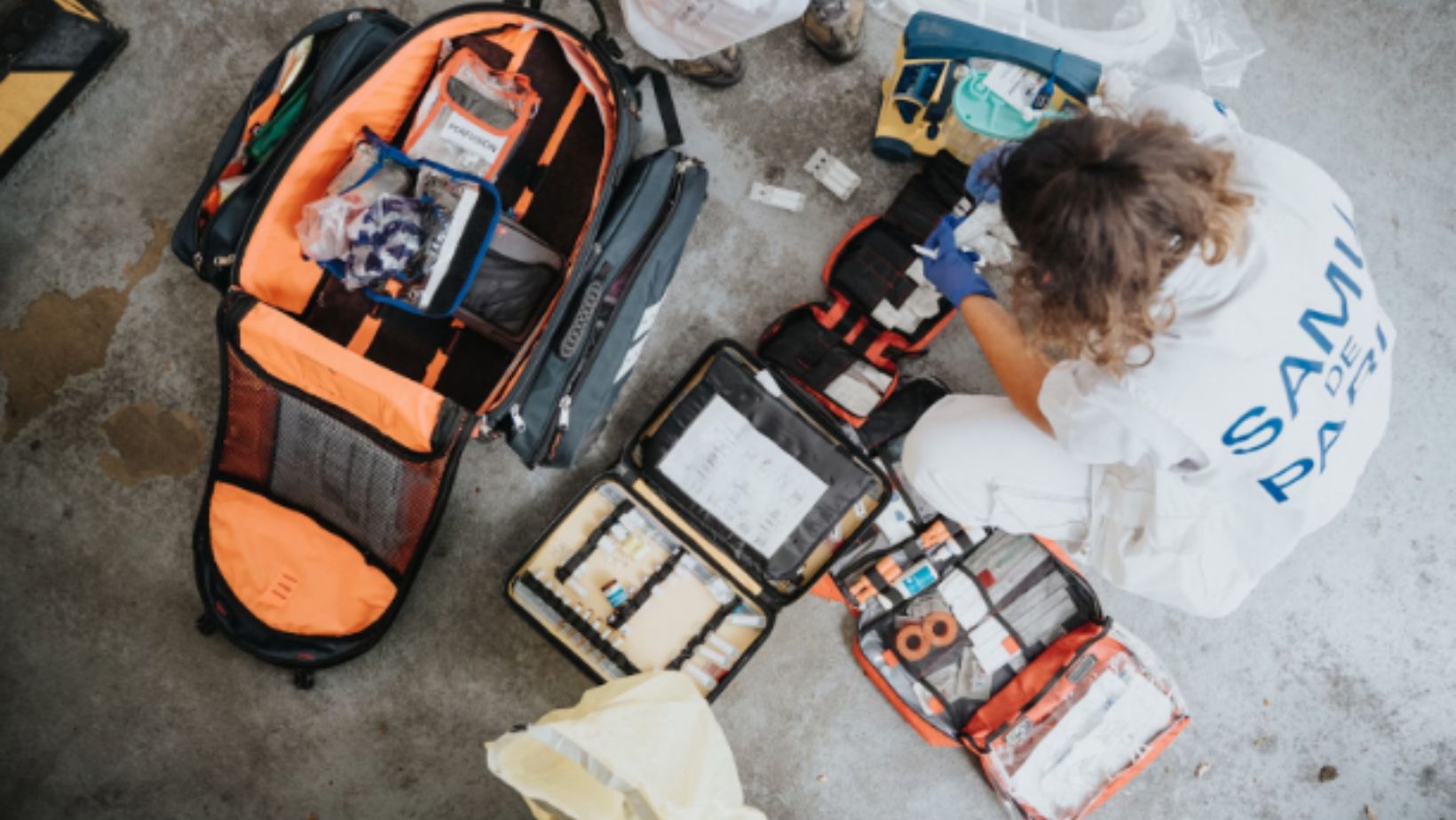
So here you have six of the most vital things to stock your first-aid kit with. While different situations will demand other items, these are a great start and enable you to fix most issues as they arise.







